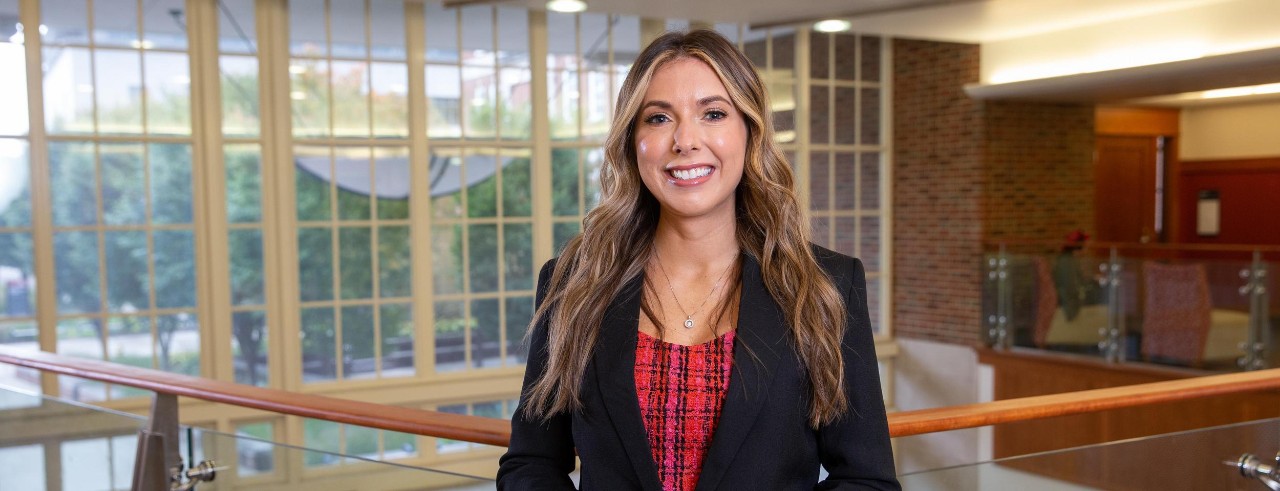
Are students vaping more? Educators think so
Tobacco researcher Ashley Merianos comments on new vaping study by Education Week
National data has shown a decrease in vaping among young people, but faculty on site in several school districts reported to Education Week that they are seeing an increase.
“This highlights that school-based efforts are crucial to combat adolescent tobacco use and to assist in stopping this generation from future nicotine dependence and addiction,” explains tobacco use expert Ashely Merianos, a professor of human services at the University of Cincinnati who is cited in an Education Week article about its study.
Merianos said the difference in the study and school reportings could stem from students underreporting how much they vape; and that the data for the most recent Youth Risk Behavior Survey and the EdWeek Research Center survey were also collected about a year apart.
Read the Education Week article.
Featured photo of Ashley Merianos by UC Marketing + Brand/Andrew Higley.
Impact Lives Here
The University of Cincinnati is leading public urban universities into a new era of innovation and impact. Our faculty, staff and students are saving lives, changing outcomes and bending the future in our city's direction Next Lives Here.
Related Stories
Holiday of kindness: UC grads’ children’s books will support kids in need
December 10, 2025
Vic and Laura Fahrner Troha, University of Cincinnati graduates, have written two children’s books together. They are donating all proceeds from book sales to purchase Christmas gifts for children served by Hamilton County Job and Family Services.
Handling the hassles of holiday shopping
December 9, 2025
U.S. delivery companies are seeing a projected 5 percent increase in volume this year, according to reporting by WVXU’s Cincinnati Edition. Lindner College of Business professor Sachin Modi joined the discussion to explain the impact of shipping delays.
From pantry to prestige: Taylor Allgood is UC’s first Marshall Scholar in 60 years
December 9, 2025
UC alumna Taylor Allgood has been selected as a 2026 Marshall Scholar. She is only the second Bearcat to win the honor and the first since the 1960s. Allgood credits her UC experience and particularly her work in the Bearcats Pantry.
